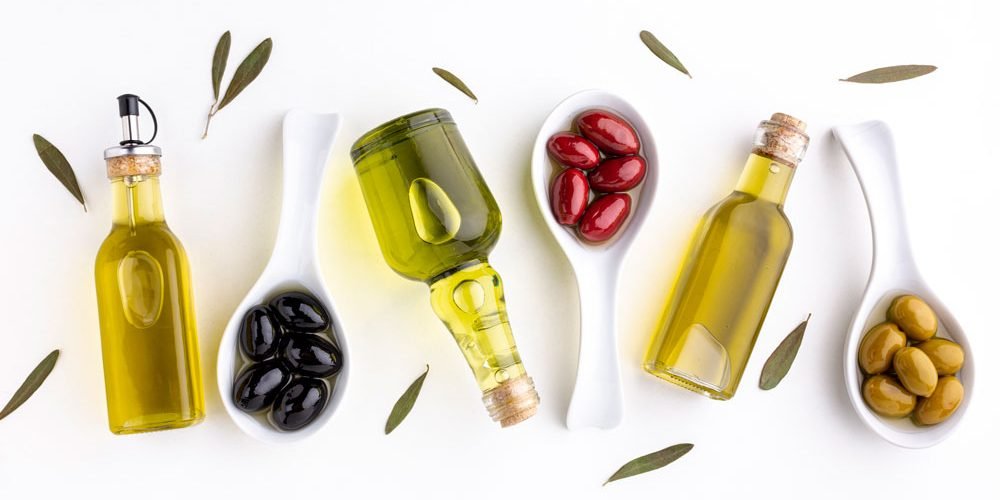When navigating the aisles of a supermarket, the plethora of oil options can often leave one feeling perplexed. Among these options, the contrast between Virgin Olive Oil (VOO) and Extra Virgin Olive Oil (EVOO) can be particularly puzzling. If faced with the decision, most would likely opt for Extra Virgin Olive Oil, and for good reason. Today, we aim to demystify the disparity between the two, shedding light on why Extra Virgin oil stands out for its superior taste.
At its core, oil is essentially the essence of olives, extracted through mechanical means, with centrifugation being the predominant method. Following extraction, the oil undergoes rigorous physical and chemical analysis, alongside sensory evaluation, to be categorized as either Virgin or Extra Virgin. Key factors in this evaluation include acidity, peroxide value, waxes, Delta K, and ethyl esters, all of which contribute to its overall quality.

Extra Virgin Olive Oil boasts a chemical acidity level that never surpasses 0.8º, coupled with a flawless taste profile upon sensory examination. Conversely, Virgin Olive Oil maintains a chemical acidity level equal to or below 2º, or with an average default result equal to or below 2.5º. These metrics directly influence the flavor profile, allowing for the discernment of nuanced differences upon tasting.
The distinction between these two variants is palpable. As producers of award-winning EVOO Oro Al-Andalus, recognized at the Dubai Olive Oil Competition 2021, we can attest to this firsthand.
For those eager to delve deeper into the world of EVOO, we invite you to join us on Facebook and Instagram. Stay informed about all things related to this liquid gold, and discover the unique properties of our EVOO Gourmet.

